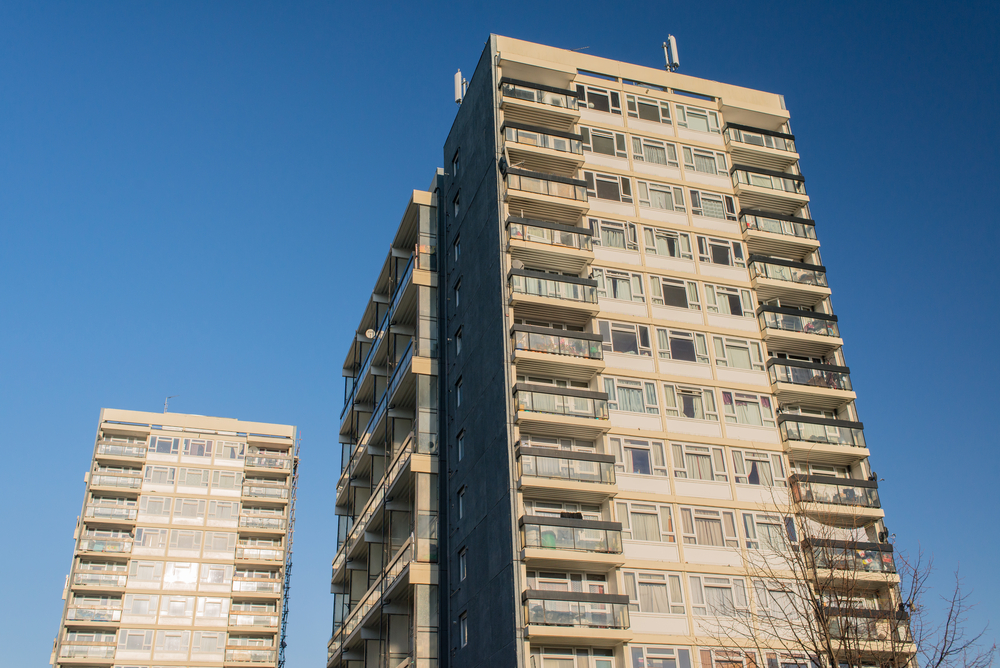Understanding the Valencia fire disaster
- February 26, 2024
- 2:50 pm


Iain Hoey
Share this content
On Thursday 22nd February 2024 in Valencia, Spain, a catastrophic fire engulfed a 14-floor apartment complex, leading to a tragic loss of life and significant damage.
Firefighters and forensic authorities have confirmed the recovery of nine bodies from the ruins, adjusting the earlier reported death toll from ten to nine, with one individual still missing.
The fire’s rapid spread is attributed to the building’s exterior cladding and exacerbated by strong winds, raising concerns about building safety standards.
A closer look at the cause and impact of the fire
The blaze reportedly initiated on the fourth floor of the larger block within the two 14-storey buildings, spreading quickly to the adjacent one.
The construction materials used, specifically a layer of cladding beneath a thin aluminium layer, have been highlighted as a critical factor in the fire’s rapid progression.
Esther Puchades, vice president of the College of Industrial Technical Engineers of Valencia, stressed, “The reason the [building] burned so fast is because of this type of cladding,” underscoring the material’s role in the tragedy.
The response to the Valencia fire
In the aftermath, the Valencia community and Spanish officials have rallied to support the affected.
Prime Minister Pedro Sánchez and Science Minister Diana Morant have pledged aid and solidarity to the victims’ families and those displaced.
The Valencia regional government, led by Carlos Mazón, is coordinating efforts to provide housing and necessities to the 450 residents impacted by the devastation of 138 flats.
Additionally, Valencians are contributing food, clothing, and toiletries to aid the displaced survivors.
Heroic actions amid the tragedy
Amid the chaos, stories of bravery have emerged, including a caretaker known as Julián, who is commended for his efforts to evacuate residents.
Manuel, a resident, recounted the rapid escalation of the fire, emphasizing the community’s collective response to escape the engulfing flames.
Building safety regulations under scrutiny
The incident has sparked a broader discussion on building safety regulations, particularly concerning cladding materials.
While the aluminium-covered panels used were compliant at the time of construction in 2008, subsequent regulations have banned such materials without mandating their removal, unlike actions taken in the UK following the Grenfell Tower fire.
This tragedy has brought to light the urgent need for reassessment and potential reform in building safety standards to prevent similar incidents.
Industry response
The Fire Brigades Union (FBU) has called for ‘action and justice’ in the wake of a fire in a block of flats in Valencia.
Matt Wrack, Fire Brigades Union general secretary, said: “Our thoughts are with all those affected by this tragedy. It is vital that fire services and governments learn lessons internationally. Had the UK government done so, many lives might have been saved in recent years.
“Early indications are that, as happened during the Grenfell Tower tragedy, the Valencia fire spread quickly because of flammable cladding, and that lives have been lost as a result. Once again, we see the profits of developers being prioritised over human life.
“The Fire Brigades Union extends its solidarity to all of the residents of the tower and all the firefighters involved in the rescue operation. We demand action and justice, in the UK and abroad.”
IFSJ comment
The Valencia fire tragedy underscores the critical importance of stringent building safety standards and the need for constant evaluation and adaptation of these regulations.
It highlights the dire consequences of using materials that may accelerate the spread of fires and the necessity for proactive measures to retrofit buildings with safer alternatives.
The collective response from the community and officials demonstrates the resilience and solidarity inherent in facing such disasters, yet it also serves as a stark reminder of the ongoing challenges in ensuring residential safety.
As we reflect on this event, it is imperative to learn and apply these lessons to safeguard communities against future risks.



